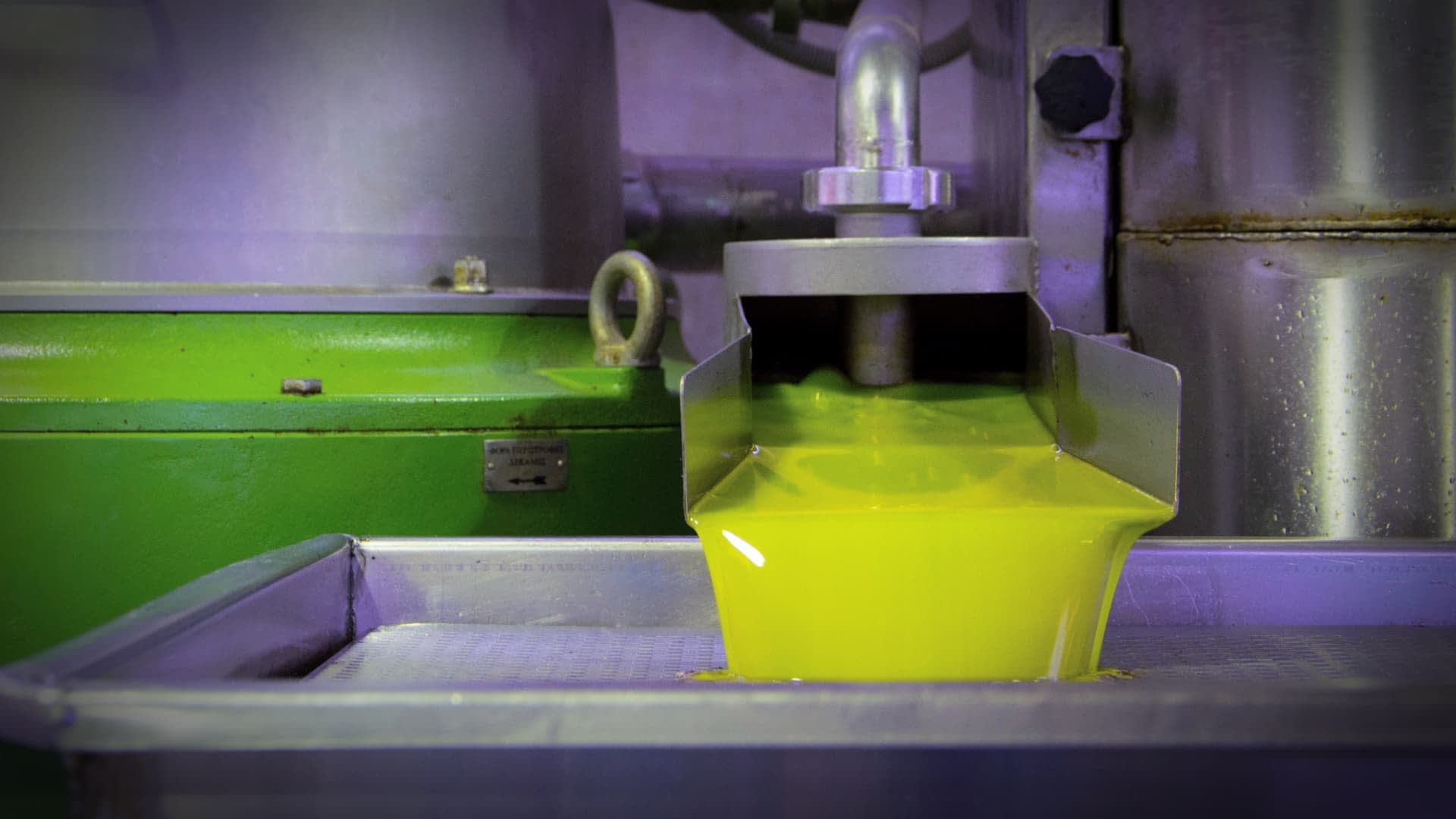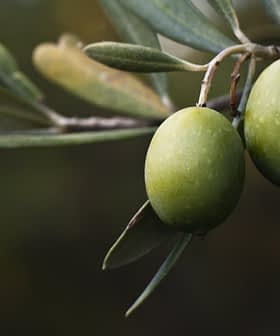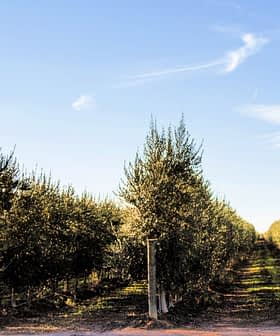California Producers Celebrate Olio Nuovo

The start of California’s olive harvest means that producers are already selling the first batches of 2023 Olio Nuovo, a small-batch extra virgin olive oil bottled shortly after milling. Producers carefully select olives for Olio Nuovo, leaving it unfiltered to increase flavor intensity and phenolic content, resulting in a more flavorful and potentially healthier olive oil.
For producers up and down the Golden State, the start of California’s olive harvest means the first batches of 2023 Olio Nuovo are already on sale.
Olio Nuovo, which means ‘new oil’ in Italian, is a small-batch extra virgin olive oil, unfiltered and typically bottled shortly after milling.
Producers in California carefully select the olives for the new oil, milling them before anything else. “Olio Nuovo is bottled fresh out of the mill without filtering,” Craig Hilliker, the lead sensory analyst at Nick Sciabica & Sons, told Olive Oil Times. “This means that the cloudiness left in the bottle is actually olive particulate.”
See Also:Filtered or Unfiltered Olive Oil? A Choice for Consumers“That increases the flavor intensity and phenolic content, which results in an olive oil that is more flavorful and arguably healthier since there are more antioxidants,” he said.
According to Hilliker, Olio Nuovo comprises about five percent of the company’s olive oil production, with the master miller selecting the best olives from each variety and milling several monovarietals.
The first variety Nick Sciabica & Sons harvests each year for its Olio Nuovo is Sevilliano. “A key indicator in the flavor profile of an olive oil is the time of harvest, and Sevilliano is the earliest olive variety to mature to our desired flavor profile,” Hilliker explained.
After Sevillano, the company’s next Olio Nuovo monovarietals are Ascolano and Manzanilla.
“Ascolano is my personal favorite olive oil produced in California,” Hiliker said. “Manzanillo, on the other hand, is the most grassy and robust Olio Nuovo we produce.”
Richard Meisler, the co-owner of San Miguel Olive Farm, has also begun producing Olio Nuovo from 200 of his 1,200 trees comprised of Tuscan varieties, adding that he tags the trees that will be used for the Olio Nuovo before they are harvested.
“We bottle our Olio Nuovo one week after the milling, giving the oil a chance to settle just a bit,” he told Olive Oil Times. “There is sediment from the milling process, which we leave in the oil.”
“The sediment gives us an oil rich in phenols but has a shorter shelf life,” Mesiler said. “The oil is cloudy and green, and stays fresh and pungent when used by the date on our label.”
Typically, Olio Nuovo maintains its extra virgin quality for six months under ideal storage conditions, while filtered oils should retain their quality for up to two years.
Unlike Nick Sciabica & Sons, which focuses on monovarietal Olio Nuovo, Meisler uses a blend of five varieties. The mix varies yearly depending on how quickly the olives ripen in the grove.
See Also:NYIOOC Winner Awarded for Olio Nuovo in DalmatiaFor Giulio Zavolta, the co-owner of Olivaia’s OLA, Olio Nuovo celebrates the harvest. This year, he estimates that 25 percent of his production will fall into the category, adding he had already sold it out.
“This is the first oil of the year that all can enjoy, and it is likely one of the most heightened sensory experiences with respect to oil,” he said. “For us, it reconnects us to the very fields the olives have come from, and it is a wonderful reminder of the wonderful gift of our trees.”
“We make it in limited quantity as we prefer not to keep any in inventory because of its shorter shelf life,” Zavolta added. “Those very fine particles that may be positively contributing to the taste profile of the oil in a short period of time will likely oxidize and give off tasting notes.”
Due to its rarity, most producers say Olio Nuovo usually costs more than extra virgin olive oil. “The increased cost results from rush processing to make the olive oil available as quickly as possible,” Hilliker said.
However, this is not always the case for smaller producers. “We typically sell our Olio Nuovo at the same cost as our eventual extra virgin olive oils,” Zavolta said. “Having said that, I could see how, given the limited quantities and the excitement that comes with it, why it could be sold for more.”
Pricing at San Miguel Olive Farm reflects the time-consuming methods. “Our pricing is much more due to limited production,” Meisler said. “The time for me to select the trees to harvest is time-consuming. Time is money. The method of milling we request, creating the loss of maybe 15 to 20 percent of our oil, is reflected in our pricing.”
Regardless of the price, Hilliker and other producers said there is a consumer base for Olio Nuovo, with some olive oil enthusiasts actively seeking it out and other curious customers seeking to become acquainted.
“We have one type [of customer] that seeks it out because they understand that in olive oil, freshness equals quality,” Hilliker said. “The second type of consumer samples it in our gift shop against the previous harvest and establishes a preference.”
“Some prefer the more intense, fresher tasting Olio Nuovo, and some continue purchasing our previous harvest because they enjoy the more delicate flavor,” he added.
Zavolta’s experience is similar. He said consumers may not be aware of the differences initially, but when they taste Olio Nuovo, they want to know more.
“We like to think of it as a seasonal delicacy that is to be consumed with the season and with it the special seasonal dishes marked by its use,” Zavolta said. “We have worked hard to convey this sense of season tied to harvest, and consumers do seem to respond to this.”









